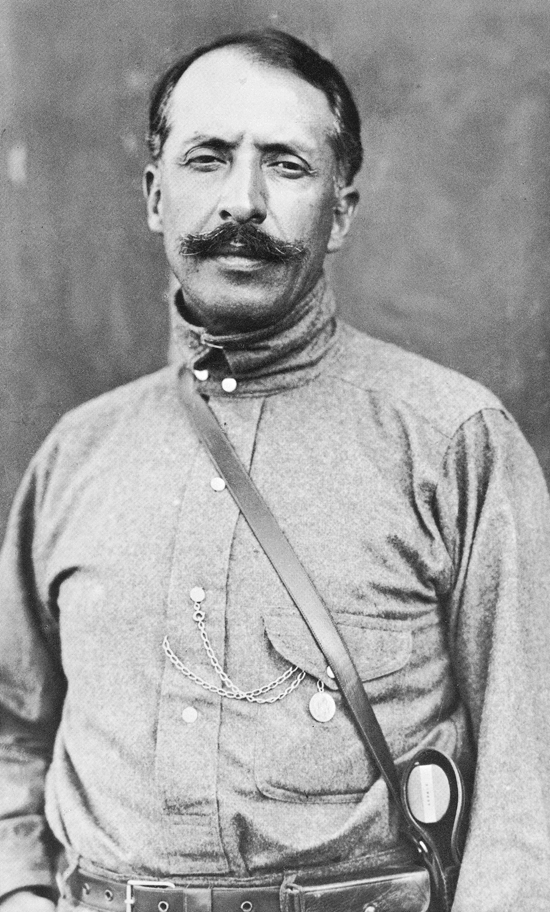Felipe Angeles was a high ranking soldier in the Mexican Army. During his career he had seen battle in 1847 while serving in the Mexican Army in the war against the United States. He saw battle again during the rebellion to remove Emperor Maximilian in 1862.
Felipe Angeles was known for changing the brutal military tactics of the time. He offered amnesty to those who would lay down their weapons and unlike his fellow Mexican generals, he would deliberately not target civilians.
After three and a half decades of reign President Porfirio Diaz was ousted in a coup d’etat by Francisco I. Madero. Although he did not participate in the Madero Revolution, Felipe became enchanted with the democratic ideals of Francisco Madero. President Madero promoted to Brigadier General and Felipe became a trusted advisor to President Madero.
President Madero, Vice-President Pino Suarez, and Felipe Angeles were arrested by forces loyal to General Huerta. Huerta had Madero and Pino Suarez assassinated and subjected Angeles to a trial on trumped-up charges. Huerta exiled Angeles to France. Felipe returned from France and joined Pancho Villa becoming a leader in Villa’s revolutionary forces.
When teaching the gospel to Pancho Villa and Felipe Angeles, Bert Whetten relates Felipe saying, “Pancho, come here! I want you to hear what these men say. They are doing with words what we are trying to do with guns.”
After General Huerta defeated Pancho Villa self-exile in Texas, Felipe Angeles returned to Mexico and was arrested in 1919. Due to his popularity both in the Mexican army and by the Mexican public, President Venustiano Carranza had him executed for treason.
Below is a link to a five minute PBS documentary on the life of Felipe Angeles. After watching the video, it is easy to see how the Restored Gospel of Jesus Christ would have certainly resonated with Felipe Angeles.


You are confusing the father (Felipe Angeles, padre) with the son (Felipe Angeles, hijo). The father fought in 1847 and then again in 1862-63. It was the son that fought during the Mexican Revolution and was executed by the Carranzistas in Chihuahua in November of 1919.